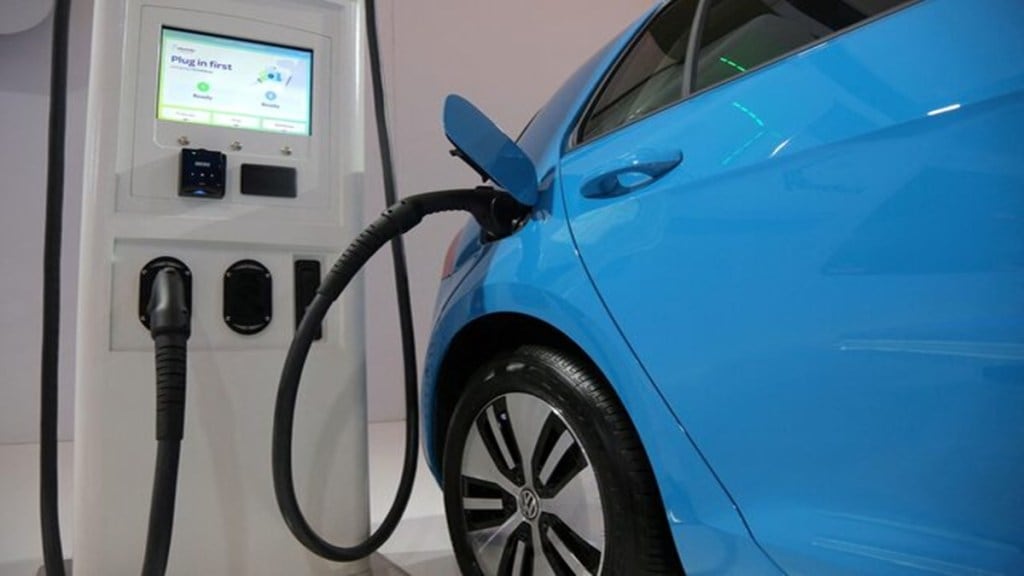In a bid to accelerate the expansion of electric vehicle (EV) charging infrastructure and boost EV adoption, the government is set to relax key localisation requirements for charger manufacturers. The ministry of heavy industries (MHI) is likely to remove the mandatory 50% domestic value addition (DVA) rule under the PM Electric Drive Revolution in Innovative Vehicle Enhancement (PM E-Drive) Scheme.
This move is expected to provide a significant boost to the EV ecosystem, allowing key players like Tata Power, Exicom, Delta Electronics, Charzer, and Servotech to leverage the Rs 2,000 crore allocated under the scheme while scaling up charger deployment across the country.
“There will be no DVA condition in the upcoming chargers’ phased manufacturing programme guidelines, as there is an urgent need to establish a robust charging network,” an official told Fe.
The decision comes at a crucial time when concerns over the slow rollout of charging stations are hindering EV adoption. As of December 2024, data from the ministry of power shows that 28 states and Union territories still have fewer than 1,000 charging stations, with over half of these regions falling below the national EV penetration average.
By lifting the DVA requirement, manufacturers can import critical components and assemble chargers in the country, expediting infrastructure development. The industry, which is still in its early stages of localisation, has struggled with profitability due to the stringent DVA rule, making this policy shift a much-needed relief.
The 50% DVA requirement was initially introduced under the Faster Adoption and Manufacturing of Electric Vehicles in India (FAME) initiative to strengthen domestic manufacturing.
Under the PM E-Drive scheme, the government has earmarked Rs 2,000 crore to install 72,300 public EV chargers nationwide. The plan includes 22,100 fast chargers for electric four-wheelers, 1,800 chargers for electric buses, and 48,400 chargers for electric two- and three-wheelers.
To support charging station developers, the government provides subsidies covering up to 80% of the upstream infrastructure costs. In exceptional cases, full funding, including the cost of upstream power infrastructure, may be granted.
A query sent to the ministry of heavy industries regarding the relaxation in the localisation guidelines remained unanswered till the time of going to the press.
Industry sources said that this policy shift signals the government’s priority of accelerating EV infrastructure development.
